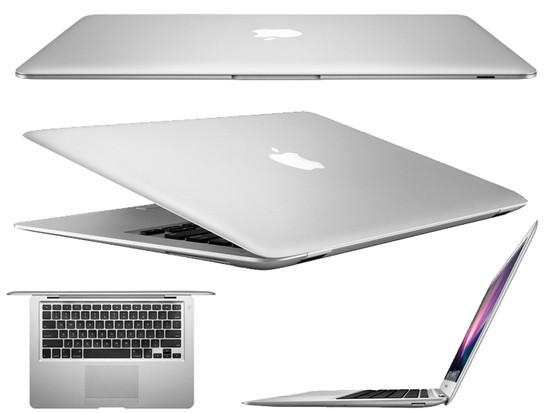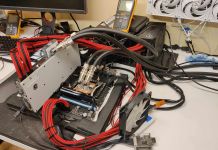”Thin is in” for PCs. Intel has grand plans for its so called Ultrabook formfactor. Intel VP Paul Otellini has spoken up on the expectations it has for the new platform, where he compares the launch of Ultrabook with the mobile platform Centrino, which changed the market.
Intel launched the Centrino platform back in 2003 and the company then built a platform from the ground up for notebooks. The result eight years later is that notebooks outsell desktops. It is not all because of Intel, but Centrino played a big role. Intel hopes to repeat the success, but this time for ultraportables.
”The Ultrabook project is much more akin to Centrino: it is a very holistic approach to moving the entire market to a different kind of form factor, not just in terms of its thinness, but in terms of the feature-set. I talked about always on, always connected. So the machine is always aware of the networks around it. I talked about instant on, instant boot capability. We talked about building in integral touch into it, another feature set. So this is as much about the features around the skin, or inside the skin, as the shape of the skin,” said Paul Otellini, chief executive officer of Intel, during quarterly conference call with financial analysts.
The Ultrabook concept builds on superthin computer that despite a profile less than 0.8″ doesn’t sacrifice performance and offer a full PC experience. The closest we can come to an Ultrabook today is Apple’s MacBook Air, where the latest generation use the new energy efficient Sandy Bridge processors.
 MacBook Air 2011 comes with an Ultrabook formfactor and Intel’s new energy efficient circuits
MacBook Air 2011 comes with an Ultrabook formfactor and Intel’s new energy efficient circuits
ASUS UX21 looks to become one of the first models and will compete with other models from the major notebook builders. Ultrabook will most likely get its breakthrough in Q2 2012 when Intel launches 22nm Ivy Bridge. It brings the new Tri-gate transistors that promises up to 50% lower energy consumption and 37% better performance. This works well with the Ultrabook formfactor. Intel has also promised both USB 3.0 and Thunderbolt, which improve the possibilities for shrinking the dimensions.

Macbook Air 11.6″, ASUS UX21 11.6″ and Macbook Air 13.3″
The prices of the first Ultrabooks is expected to start in the $1000 region and this is one of the problems of the platform. Few PC builders believes the price is possible with these dimensions and hardware.
How well Intel will do in 2011 with its Ultrabook launch remains to be seen. The concept does feel like the right way to go, which together with the scalable coming energy of coming processor platforms should work out well for Ultrabooks.
Source: X-bit Labs





















Leave a Reply